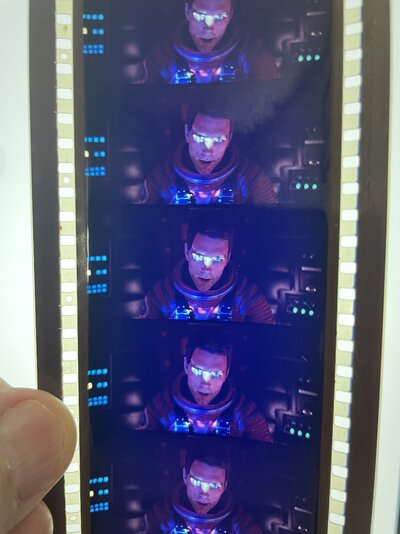- Joined
- Feb 8, 1999
- Messages
- 18,397
- Real Name
- Robert Harris
Looks wonderful on a huge screenThe CGI for some of the sequences at the beginning when they first arrive in Egypt and when they we see the exterior shots of the Nile long distance when they are celebrating the wedding aren’t quite as impressive as I would have hoped but, given this is a throw back to older styled mysteries and the period setting, I thought of it like the old use of matte paintings. It doesn’t ruin it by any means but I can see how some folks will be critical of that portion. In fact, it makes it rather quaint like the period setting. The ironic is that there’s a lot of CGi work that was done on this movie that was ’invisible’ to most folks and they’ll never know. I can only image whst they looked like in 70mm. It is always a challenge to render visuals in a higher resolution format and pull it off.






